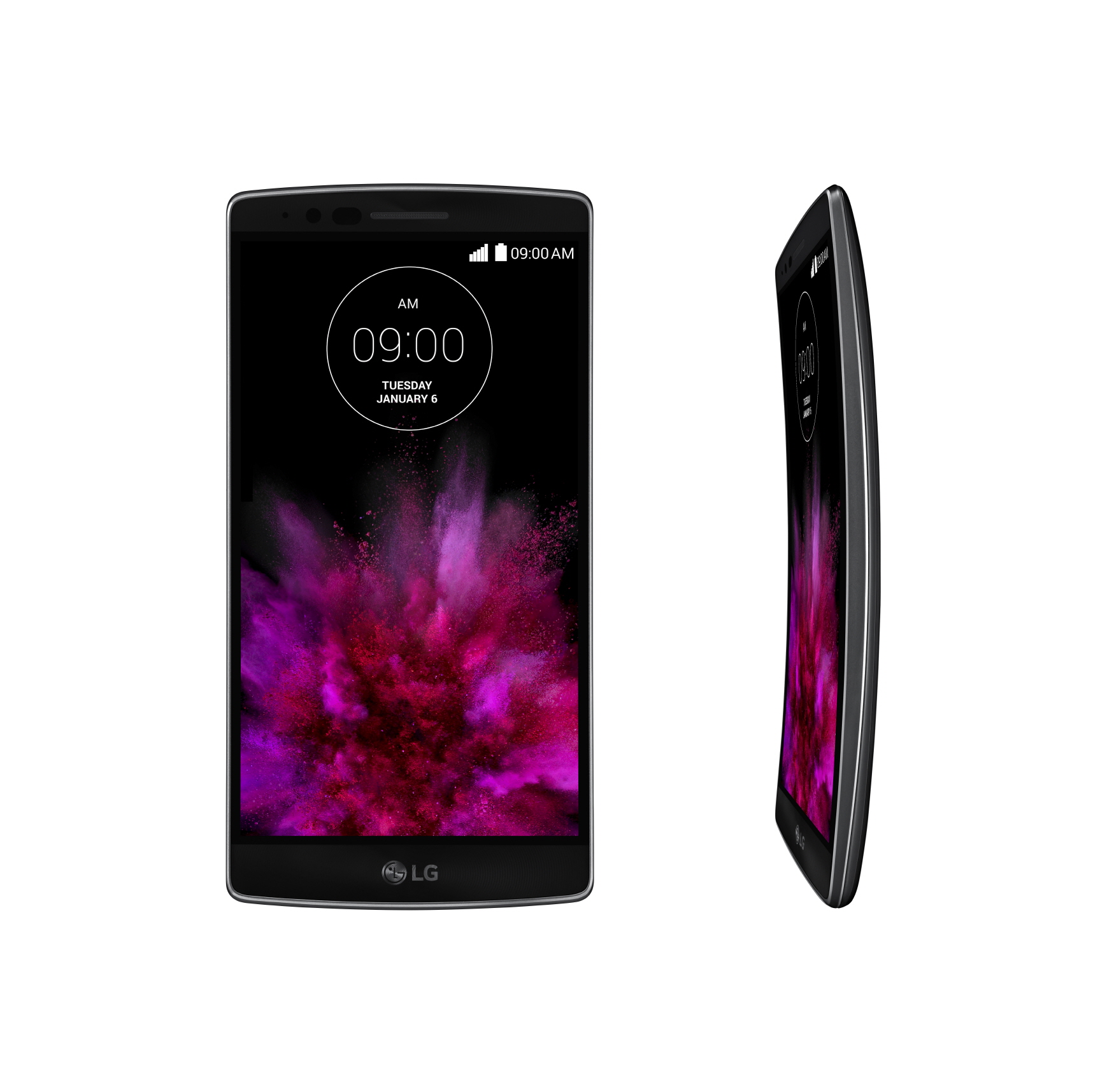Articles
Samsung ‘s HomeSync Android TV box hits stores October 6th for $299 | Engadget
Samsung’s HomeSync box connects Galaxy devices to TVs | CNet
Samsung HomeSync: Sync, Share and Stream All in One | Mashable
My Comments
Samsung is intending to launch a media-player / NAS that is powered by the Android operating system. The HomeSync device is intended to work with Samsung’s Galaxy mobile devices and is driven by Android. It is not really a headless device but connects to any TV, making the set effectively become a “smart TV”.
The HomeSync has 1Tb storage on board but supports 8 user accounts for managing the storage. More or less, it is being described as an “Apple TV” for the Samsung faithful.
Of course, there are a lot of questions to be raised about this devices. Firstly, does it support DLNA functionality in any way whether to pull in content from an existing NAS or serve the content it holds to other DLNA-capable devices on the home network.
As well, if someone was “full-on” faithful to the Samsung ecosystem, could they see full integration of their Samsung Smart TV or video peripheral with the HomeSync device? To the same extent, could the device support the video-on-demand services like Netflix, which is a feature highly valued in the USA for a full “cord-cutting” experience?
Issues that can be raised further with devices like the HomeSync would be the availability of a TV tuner module. This would, along with an electronic programme guide make these devices work as a full-flight personal video recorder which has plenty of room for many TV shows especially long-running serials. They could also work with a video-on-demand service by offering “download now, view later” playback to avoid the “congested viewing” problems that occur with streaming-based video-on-demand / catch-up TV services.
Once TV manufacturers make their own entertainment NAS / media-player devices, this could open the path for smart-TV platforms to offer video-on-demand or “download-to-view” video-content services along with robust PVR platforms.

